|
Maintaining a horse's hooves is vital for their overall health and performance. Among the many aspects of hoof care, trimming the frog holds a special significance. The frog, that V-shaped structure in the center of the underside of the hoof, plays a crucial role in shock absorption, traction, and blood circulation. Properly trimming the frog not only ensures the horse's comfort but also prevents potential issues like thrush and caudal hoof pain. In this guide, we'll delve into the essentials of trimming the frog effectively, drawing insights from barefoot experts like Dr. Robert Bowker and Pete Ramey.
In conclusion, trimming the frog is a critical aspect of horse hoof care that requires attention to detail and a thorough understanding of equine anatomy. By following proper trimming techniques you can ensure optimal caudal hoof health for your horse. Consistency and attention to detail are key in maintaining healthy hooves and preventing potential issues down the road.
0 Comments
Leave a Reply. |
AuthorKristi Luehr is a barefoot trimmer/farrier, author, and founder of the Okanagan School of Natural Hoof Care. She is certified by the Canadian Farrier School as well as the Oregon School of Natural Hoof Care, and also has certification in equine massage and dentistry. Her focus is to educate owners about hoof anatomy, function and proper barefoot trimming that supports and grows healthy and functional hooves specific to each horse's individual needs. She is the author of three online courses specific to hoof care and is always striving to create more educational content for students to learn from. Archives
May 2024
|
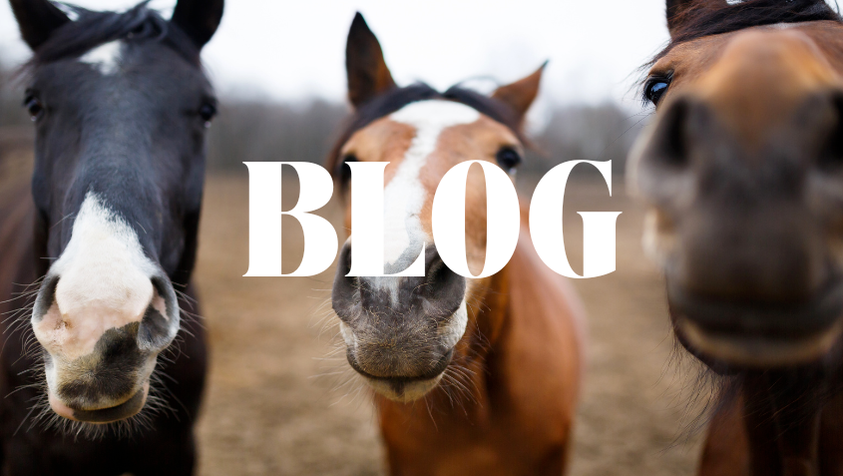
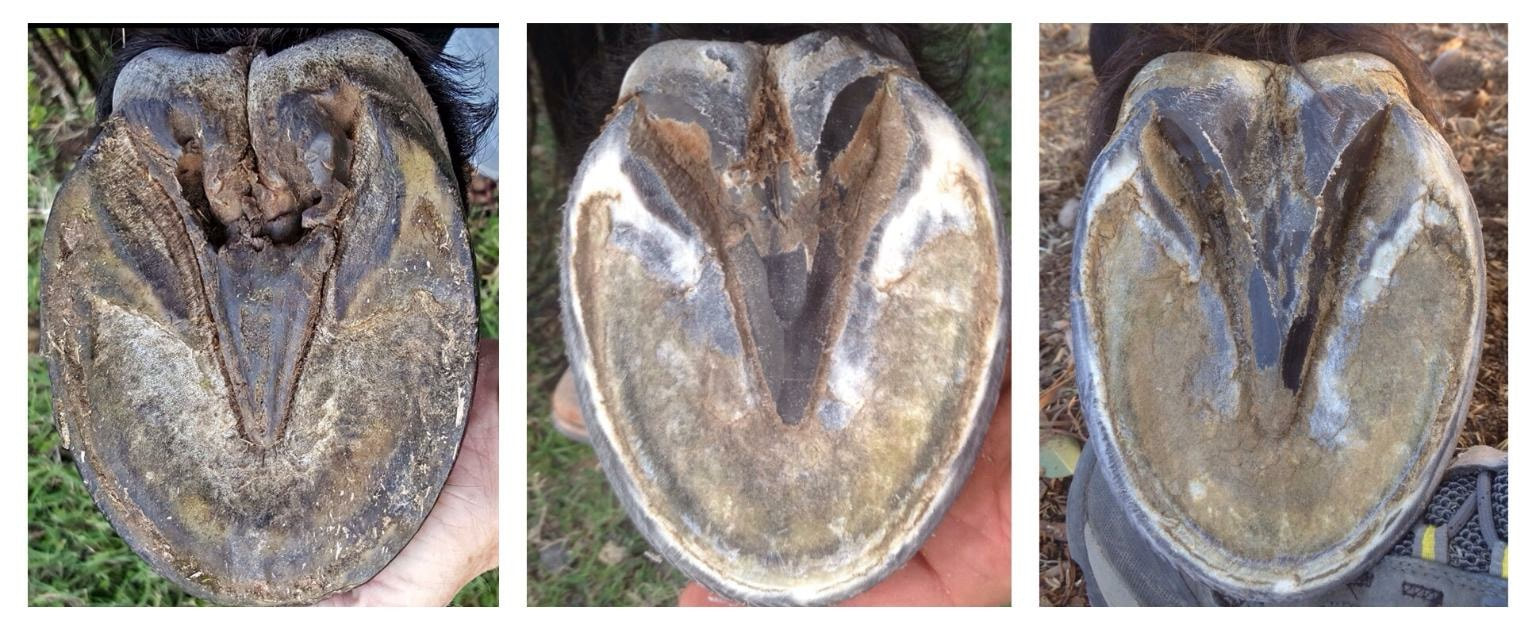
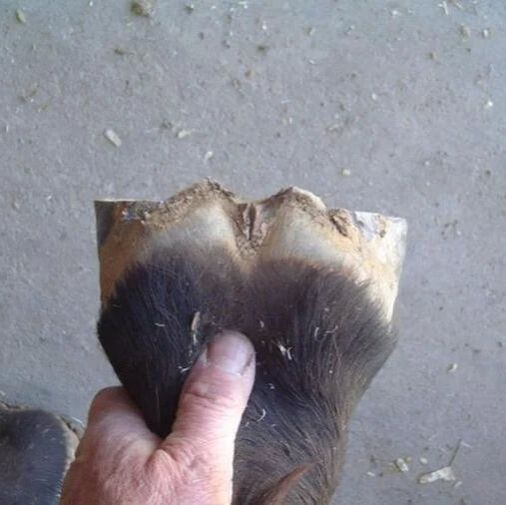
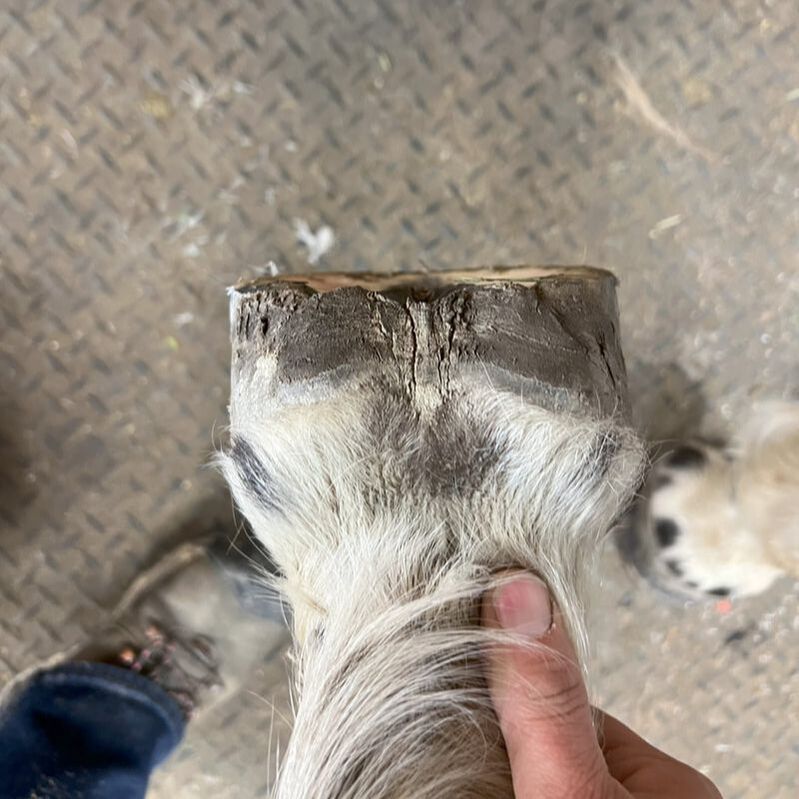
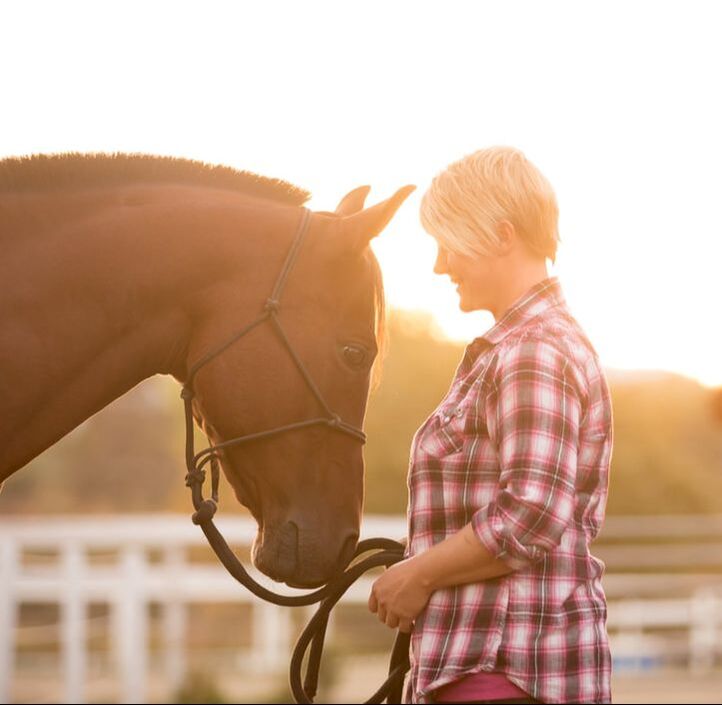
 RSS Feed
RSS Feed
